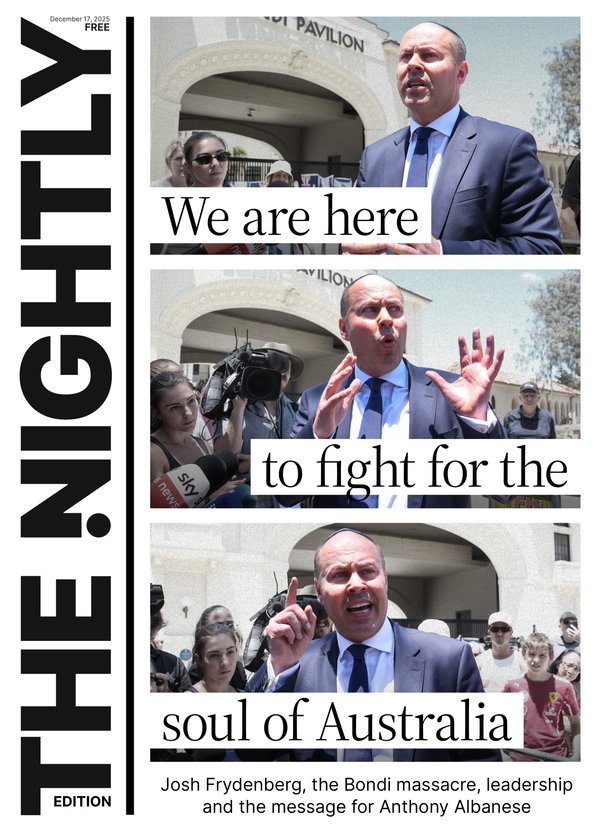The Twenty-Sided Tavern: How Dungeons & Dragons went from Satanic Panic to mainstream passion
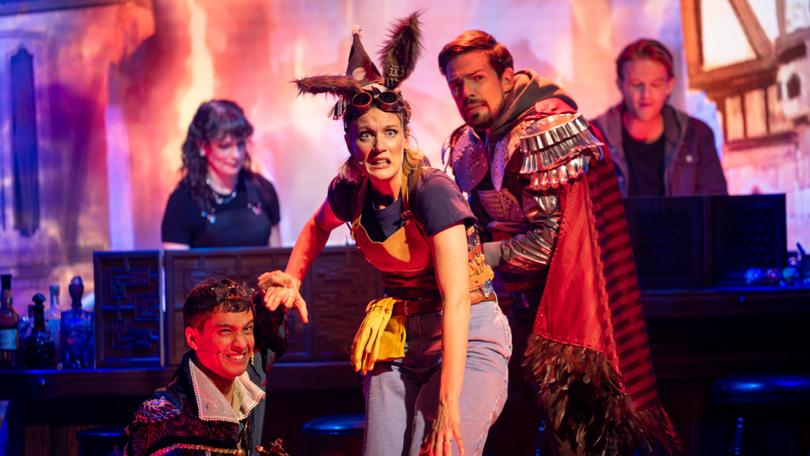
What do you think of when you think of a Dungeons & Dragons player? A nerdy kid who would rather disappear into a fantasy world with elves, wizards and trolls than to face the world outside? A demon-worshipping occultist?
Perhaps you think of Neil, the shy and depressed classmate on American comedy series Community, around whom the main characters rallied with an epic game to cheer him up.
“There’s been for so long, the kind of stereotype of what someone who plays this game looks like,” Zoe Harlen, who uses they/them pronouns, said. “For some people, for a long time, there was a fear that it’s like, ‘Am I going to be seen as this introvert or this absolute stickler for rules, I’m trying to escape the real world?’”
Sign up to The Nightly's newsletters.
Get the first look at the digital newspaper, curated daily stories and breaking headlines delivered to your inbox.
By continuing you agree to our Terms and Privacy Policy.Harlen is a cast member in The Twenty-Sided Tavern, a Dungeons & Dragons live show currently playing at the Sydney Opera House. For audience members, whether you’re a newbie or a seasoned player, it’s as interactive as you want it to be.
There’s an ensemble on stage — Harlen plays the tavern keeper, and there are also three players (warrior, trickster and spellcaster) and a dungeon master — and the performance is guided by both audience input, who is invited to suggest things and also vote on, for example, whether to go left or right, and chance as dictated by D&D’s famous twenty-sided die.
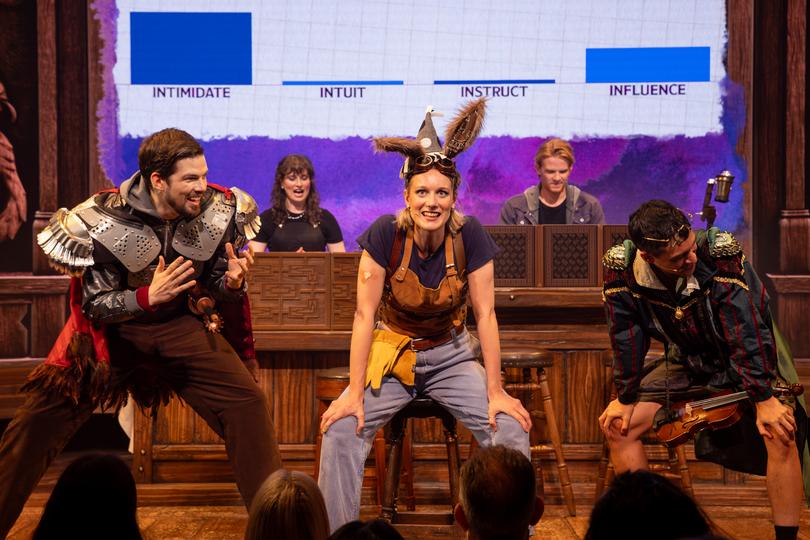
Because of the improvisational nature of the show inside a narrative structure, the performance can vary wildly. One night, the audience voted to have a player run off and side with the villain. Another show, a character fell in love with the wizard and they were married by Morgan Freeman.
At home or in online rooms, players need only a pen, paper, some dice and an active imagination and passion for storytelling.
Harlen rated themselves an “eight on the scale of zero to big old nerd” and got into the game after she was invited to join a game by friends who was studying the same musical theatre degree.
They said, “The theatricality lends itself wanting to create cool stories and try out accents and play with your friends. That’s the rabbit hole that I’ve never gotten out and never want to.”
It’s a shared obsession with her castmates. Sometimes before or after a performance, they’ll play their own D&D game off-stage. “We often question our sanity, but we love what we do,” Harlen said, with a laugh.
The original D&D was published in 1974, created by Gary Gygax and Dave Arneson, and widely credited as the first modern tabletop roleplaying game. The contents of that box were three stapled booklets with a guideline for characters, objects and a loose list of rules.
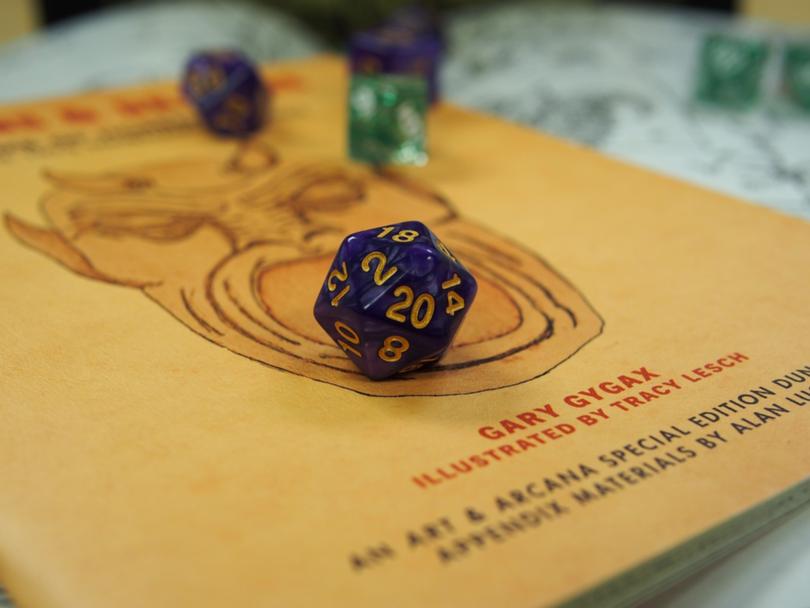
It had fantastical elements reminiscent of J.R.R. Tolkien’s The Lord of the Rings, and called on players to drive their own journey through the game.
Five decades on, D&D is thoroughly a mainstream passion, which was supercharged during pandemic lockdowns – Hasbro reported sales jumped a third in 2020. Then the fourth season of Stranger Things, one of the most watched streaming shows in the world, dropped in 2022 and introduced Eddie Munson, a fan favourite character who lead the kids’ D&D group at their high school.
A year after that, the comedic caper movie Dungeons & Dragons: Honour Among Thieves made $US200 million, led by a decidedly not-nerdy cast of Chris Pine, Michelle Rodriguez, Rege-Jean Page and Hugh Grant.
Peter Jackson and Game of Thrones spent the past 20 years making fantasy cool and D&D took full advantage.
But it wasn’t a foregone conclusion. In Stranger Things, Eddie was ultimately blamed for a series of murders that couldn’t be explained, and his association with D&D and rock music made him a scapegoat in the conservative town of Hawkins.
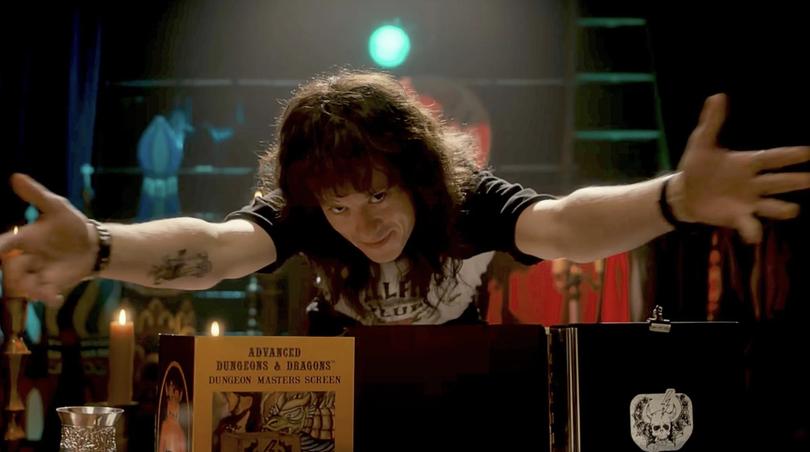
The show took its cue from the real-world Satanic Panic that swept 1980s America which saw mostly Christian evangelists cast D&D as a dangerous influence on impressionable young people, luring them into the world of occultists and devil worshippers.
That might sound completely outlandish. How could a roleplaying game be responsible for suicides and murders, as it was claimed, but no moral panics in history have ever been rooted in logic and sense.
The first case was that a James Dallas Egbert III, a 16-year-old prodigy who disappeared from his university dorm in 1979. Egbert had experienced mental health and addiction challenges previously and his parents hired a private investigator named William Dear.
Dear learnt Egbert was a D&D player and theorised that his disappearance was linked to the game. The case received widespread attention in the national media and D&D was described as some strange cult.
Egbert had been going through a crisis and spent part of the time in the steam tunnels beneath the school and also shuttling between two houses nearby. A year later, he died from a self-inflicted gunshot wound.
The D&D connection was bunkum but that didn’t stop the speculation, and it even inspired the novel Mazes and Monsters, later adapted into a 1982 Tom Hanks movie.
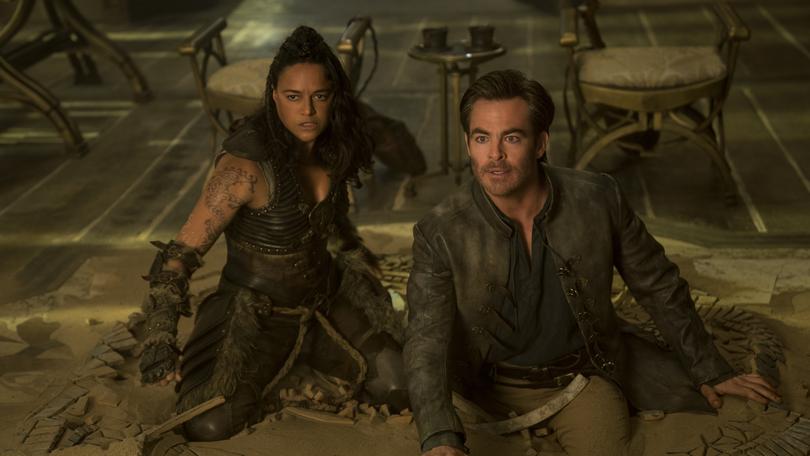
The myth persisted and was later amplified by the 1982 suicide of another young man, Irving Lee Pulling, whose mother Patricia blamed on playing D&D. Pulling went onto to become an anti-D&D campaigner and started the activist group Bothered About Dungeons & Dragons (BADD).
She blamed D&D for a range of perceived sins including “sex perversion, assassination, barbarism, sadism, demon summoning, homosexuality and prostitution”.
Pulling unsuccessfully tried to sue the gamemakers for her son’s death, and was interviewed for a 1985 episode of 60 Minutes on American television. That segment also featured Thomas Radecki, the president of the National Coalition on Television Violence who claimed, without evidence, that D&D was linked to 28 cases of murder or suicide.
Like many moral panics, the Satanic Panic eventually subsided, perhaps due to the fact that there was no actual demonic takeover of good Christian Americans.
Despite – or maybe because of – the game’s public enemies, D&D persisted through multiple generations. It picked up a lot of famous fans along the way including Stephen Colbert, Joe Manganiello, Matt Damon and Ben Affleck, Aubrey Plaza, Jon Favreau and Community creator Dan Harmon.
For fans like Harlen, D&D fosters creativity, imagination and, most significantly, group play.
They said, “Underlying any and all engagement with (D&D) is this drive for collective creation and collective storytelling.
“That group sense of creating something together in real time is rush I have never really been able to match in any other kind of game.”
The Twenty-Sided Tavern is playing at the Sydney Opera House until April 6
Lifeline: 13 11 14

